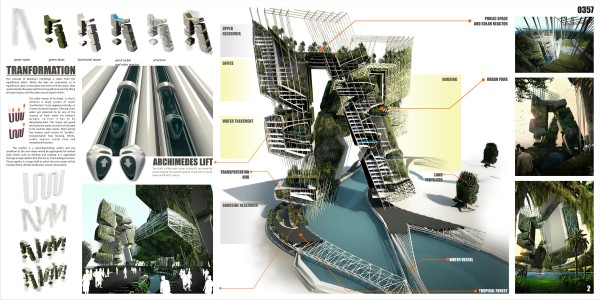"The supply is very limited in the world that makes the price is very expensive," Kopi Luwak brand managing director Henry Fernando said.
The reason the supply is limited has to do with how the beans are initially processed. Just a warning here, it isn't pretty.
Kopi means coffee in Indonesian and Luwak is a wild Asian palm civet, a fury creature that looks like a cross between a cat and a ferret. The civet climbs the coffee trees to find the best berries, eats them, digests the berries and eventually out comes the coffee beans in its stools. Farmers then pick up the civet droppings and take the beans to a processing plant. Something about the gastric juices in the civet's stomach gives Kopi Luwak its unique flavor.
--Henry Fernamdo, Kopi Luwak brand managing director
At a Kopi Luwak Café in Jakarta the staff brings out a gold-lined cup, a hot thermos of water and vacuum packed sealed package of the Kopi Luwak. The package is opened and poured into the cup and then the hot water is poured in. It is stirred and then covered. You have to wait two minutes before sipping it.
When I first saw it being made I recoiled. I thought: "I'm paying all this money for instant coffee, no way!"
But after taking the first sip I felt a little better. It is very smooth with hints of chocolate and caramel flavors and it doesn't have that acidic aftertaste that coffee sometimes does.
For years it has been more popular overseas than in Indonesia but that is fast changing as the economy in the country continues to grow at a rate far faster than those in the west.
"We opened Kopi Luwak Café in 2002 and already have 20 stores," Fernando said.
It has become even more popular around the world after it was featured on "Oprah" and in the Hollywood movie "The Bucket List" where Jack Nicholson's character was obsessed with it (not knowing of course what made it so special until the end).
Kopi Luwak's growing popularity and the way its made has run into trouble. It has been given some nasty names such as "crappuccino" and inspired two of Indonesia¹s main Muslim organizations to consider putting a fatwa on it because the process appeared to be ritually unclean.
But that all changed, Fernando said, after a bit of explanation about the bean when it is excreted.
"It still has the skin, inner layer. And we do the cleansing process, before we do processing and roasting. It's not a problem. And now, the Kopi Luwak is certified Halal," he said.
And it is being enjoyed for a heck of a lot less in its home country than elsewhere. A cup costs about $8 in Indonesia as opposed to up to $50 in other countries.
















































User Comments